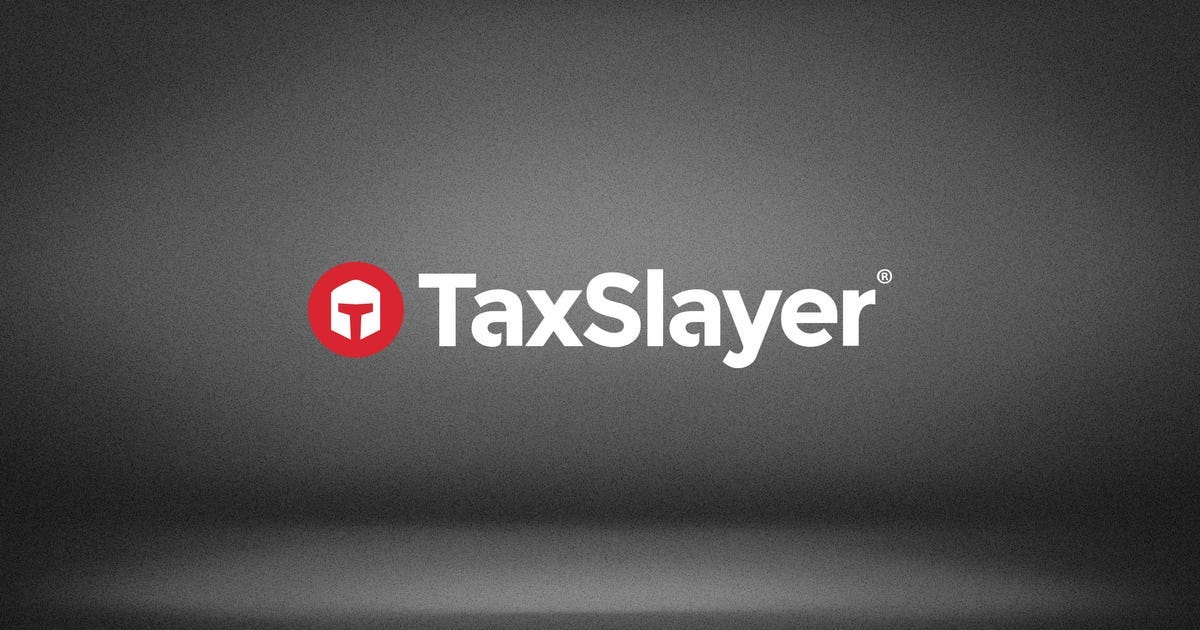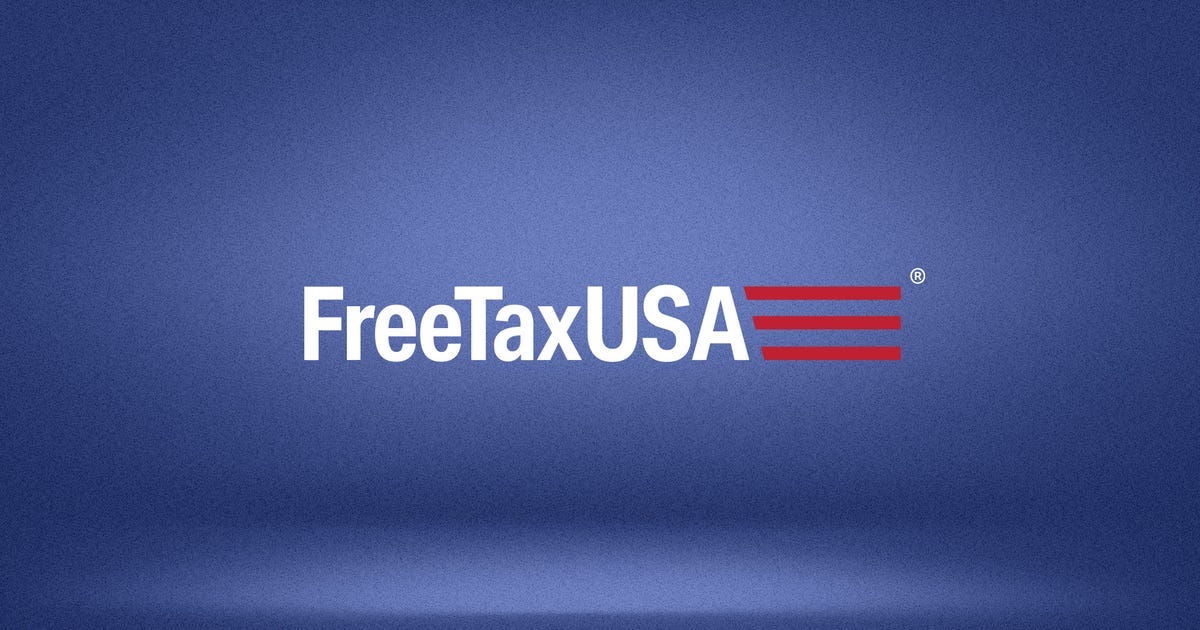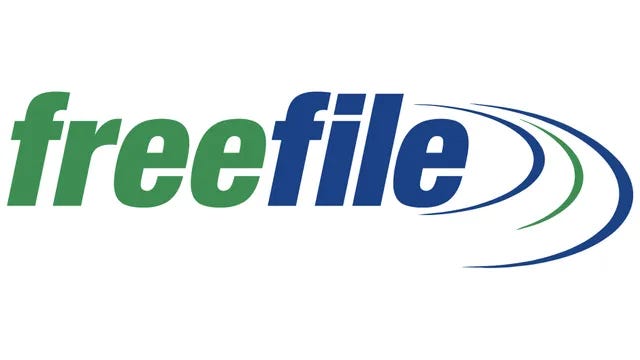If you’re self-employed, you get to be your own boss -- but that also means you’re on the hook for paying your share of taxes to the IRS and your state, if applicable.
Business expenses, multiple 1099-Misc and 1099-NEC forms, Schedule C and the federal self-employment tax are just some of the complications small-business owners, freelancers and gig workers face that can make filing taxes every year a pain -- not to mention expensive.
Some tax software options require pricey upgrades for access to the necessary IRS forms freelancers and gig economy workers need, though those extra costs sometimes come with help and support from self-employment tax experts.
If your taxes are particularly complicated or you need personalized advice, finding a local CPA or tax expert can help. But there are also several online tax software options available to help file your return without uprooting your budget. Read on to find our top picks for tax software for freelancers, gig workers and other self-employed tax filers.
TaxSlayer provides freelancers with all the necessary IRS forms, plus extensive support from self-employment experts, all for a lower price than bigger-name competitors TurboTax and H&R Block. You can currently file your federal and state self-employment taxes on TaxSlayer for around $113.
There are more affordable options out there, but you’ll be skimping on TaxSlayer’s polished interface, solid help, live support and smooth filing process. We also like that TaxSlayer offers accuracy and maximum refund guarantees, plus three years of assistance with audits. The service also sends freelancers year-round tax payment reminders.
The Self-Employed plan at TaxSlayer includes priority phone and email support, live chat and access to a tax professional. But similar to other online tax software, TaxSlayer doesn’t guarantee you’ll speak with a certified public accountant, or CPA.
For more details, read CNET’s full review of TaxSlayer.
While products like TaxSlayer, H&R Block and TurboTax won’t provide the forms freelancers need without a pricey upgrade, discount options like TaxAct, Cash App Taxes, and my top value choice, FreeTaxUSA, offer all the forms most freelancers need to file taxes, at a much lower cost.
FreeTaxUSA offers completely free federal tax returns; each state return you need to file will cost $15. It uses a classic interview process to complete your tax returns quickly and easily, and offers live support starting at $8.
I chose FreeTaxUSA as the best value tax software for freelancers because it offers a wide range of IRS forms, allows multiple state returns and includes more extensive help and support features than Cash App Taxes.
For more, read CNET’s full review of FreeTaxUSA.
The IRS has partnered with eight online tax software providers in 2024 as part of its Free File program. If your adjusted gross income is less than $79,000, you may be eligible to submit a free federal and state return as a freelancer or gig economy worker.
IRS Free File is intended for lower income taxpayers with simple returns. But many of the program’s partners make tax forms you need to file your self-employed taxes available as part of their IRS Free File offering. TaxAct, 1040.com and our top overall choice for freelancers, TaxSlayer, are just some of the IRS Free File Partners that offer forms Schedule SE, Schedule C and 1099-NEC at no cost.
There are some drawbacks, however. Not all state returns are free -- each IRS partner specifically lists which states are included in its Free File. The maximum annual AGI also varies by partner, and it can go as low as $44,000. So be sure to carefully read each product description to determine if you qualify.
For the price ranging from $0 to just a few dollars, depending on the service you qualify for, you’ll get help and support that ranges from email and phone to live chat. You won’t get the polished experience of a TurboTax and H&R Block platform though. (Both of these companies left the IRS’ Free File program during the pandemic.)
For more, read CNET’s full review of IRS Free File.
TurboTax is CNET’s top choice for best tax software for 2024, and you’ll pay more for the privilege of using the industry leader -- especially as a freelancer. The Self-Employed TurboTax plan starts at $129 to file a federal tax return and $64 for each state return under current promotional pricing.
You can add live help from a tax expert for $219 for your federal return and $69 per state return, or pay $469 for your federal return and $69 per state return to have a tax expert complete your returns for you.
Should you choose to file self-employment taxes yourself with TurboTax, you can start for free and pay when you file your return. TurboTax’s Premium tier -- targeted toward investors and the self-employed -- includes all the forms necessary to file your return.
TurboTax excels due to an intuitive interface, an efficient questionnaire process, and extremely comprehensive help and tax documentation. Most notably for freelancers with multiple income forms, you can snap photos of all your 1099 forms for instant uploading. Many of the cheaper or free tax software products require entering all those forms by hand.
For more information, read CNET’s full review of TurboTax.
What does tax software do?
Online tax software helps you complete and file your tax return with the IRS by the filing deadline while simplifying complicated tax laws and industry jargon.
Most tax software options walk you through the tax filing process in an interview format, as you enter details from your tax forms, the software will fill in the corresponding tax forms on your behalf. Many also provide comprehensive FAQs menus to answer pertinent questions as you file. The best tax software will take into account all the tax rules and laws to keep a running calculation of your tax refund.
Tax software will either file your tax return with the IRS electronically or allow you to print your tax return for mailing. Tax programs also let you enter your direct deposit information so that the IRS can send money straight to your bank account. You can also receive a check in the mail or have your funds added to a prepaid debit card.
Why do freelancers need to use tax software?
If you freelance, have a side hustle or own your own business, you’re responsible for paying your share of income tax, along with self-employment tax. Freelancers typically do not have taxes withheld from their earnings and figuring out the exact amount you owe can be tricky. It’s important to keep track of all income streams and expenses related to your freelance work in one place. Tax software can help guide you through your tax requirements during tax season if you have freelance income.
You may also be eligible for a variety of self-employment tax deductions, including the cost of office supplies, travel costs, industry subscriptions and more. You may need to itemize your expenses, and the right tax software can help streamline this process.
It’s worth noting that if you have multiple streams of freelance income, your self-employment tax responsibility has become more complex or you feel unsure about what you should be tracking and reporting for tax filing purposes, it may be less expensive and helpful to hire a CPA instead of using tax software.
How to choose tax software if you’re self-employed
When filing your self-employment taxes, you want to make sure you use tax software that’s appropriate for your tax situation and has all the tax forms and features you need. Audit protection and access to a tax expert may be crucial when filing complicated tax returns. Here are a few factors to keep in mind when choosing the right self-employment tax software:
Ease of use
You want to make sure the tax software you chose has an intuitive interface that makes it easy to navigate the tax filing process. With self-employment taxes, it may also be important to have access to a live chat or frequently asked questions that help you troubleshoot any issues along the way. While TurboTax and H&R Block have clean, easy-to-use interfaces, we also think TaxSlayer, our top pick for self-employed individuals, is simple to navigate.
Cost
This is a major factor you should consider before buying tax software. Most tax software options offer tiered payment plans -- and if you have self-employment income, you typically have to pay for the most expensive tier, which can cost hundreds of dollars. One reason why we selected TaxSlayer as our top choice for self-employment taxes is that as of April 12, it costs just under $113 to file a state and federal return for this tier. H&R Block charges $164 for state and federal self-employment taxes, while TurboTax starts at around $193 for this tier currently.
If you want support, you’ll also pay even more, depending on the tax software you use. We recommend considering a CPA if you have complicated or self-employment taxes, since they can offer specialized support and are often the same price -- sometimes even less -- than tax software plans with expert support.
Customer support
If you want to have a tax expert double check your return or want on-demand support while filing your taxes, it’s important to compare the different customer support options and pricing available.
Some tax software companies offer online chat support while others have a phone number you can call with pressing tax questions. But this support often comes with a higher price tag. Compare your options between price, support, and ease of use before signing up to determine if tax software or an accountant makes more sense for your filing situation.
FAQs
If you’re self-employed or a gig worker, you’re allowed to deduct “both ordinary and necessary” expenses related to your work, per the IRS. An ordinary expense is one that’s familiar to anyone in your industry and claimed by other self-employed tax filers. A necessary expense is one that’s absolutely required in order for you to work.
Depending on the specifics of your work, you can deduct all sorts of expenses. Office supplies, travel costs, software, internet service fees, vehicle expenses, insurance costs, advertising and legal services are some of the most common business expenses for the self-employed.
Accurately organizing and reporting your business expenses is a good way to reduce your overall tax burden and increase the size of your tax refund. Be warned, however, that self-employed business deductions are a red flag for IRS audits -- make sure to keep all of your receipts and documentation. It is best to ensure your calculations are not overstated.
Many American taxpayers can file their tax returns for free, and some have a choice of several options. If your adjusted gross income is $79,000 or less, you can use the IRS Free File program.
Both Cash App Taxes and FreeTaxUSA will let anyone file a federal tax return for free. Cash App Taxes also offers one free state return, while FreeTaxUSA charges $15.
Other commercial software like TurboTax and H&R Block do offer free versions of their software, but they are limited in scope and service. Most free versions of paid software do not include the forms that self-employed taxpayers need to complete their tax returns.
Freelancers generally receive IRS 1099-NEC forms that detail their taxable income from various payers. Other forms include 1099-MISC forms that report miscellaneous income like rent or attorney payments.
If you earned more than $20,000 and/or had 200 or more transactions from online payment services in 2023, you may receive a 1099-K form. Online payment processors have specific 1099-K thresholds, it is best to check your payment processor’s tax reporting dashboard to determine if you’ve received a 1099-K. Even if you do not meet the payment processor’s threshold to receive a 1099-K, it is still your responsibility to report those transactions to the IRS. The payment processors have a responsibility to send this data to the IRS, it is a good rule of thumb to ensure the totals reported on your tax return are the same as your payment processor’s. More freelancers were supposed to receive this form this tax season, but the IRS paused rolling out this tax reporting change for the current tax season.
When filing their tax return, most freelancers will need to complete IRS Schedule C, Profit or Loss from Business. Self-employed workers should use that form to report their taxable income and business expenses for tax deductions. Throughout the entire tax year, utilize a spreadsheet, app or software to help you track the income received and expenses paid out to ensure your totals are correct for tax filing.
Methodology
CNET reviews tax software by comparing products across a set criteria. We use the software to prepare personal tax returns, examine tax products’ terms and offers, communicate with software representatives to resolve questions about products, compare feature sets and analyze each software for its effectiveness in common tax situations.
We consider the features and functionality of the tax preparation software, the user experience, the software interface, website performance, quality of help and support, and the value based on price. We are also looking for and evaluating specific features, including file importing or photo capture of forms, number and type of available IRS forms and schedules, contextual help, desktop and phone/tablet compatibility and syncing, professional tax assistance, maximum refund and accuracy guarantees, live support and security protections.
Specifically for best tax software for freelancers, we consider the number and types of IRS forms and schedules related to freelance work that are included with tax software, the level of support and help directed toward freelance tax filers, and the additional cost required of self-employed tax filers.
The editorial content on this page is based solely on objective, independent assessments by our writers and is not influenced by advertising or partnerships. It has not been provided or commissioned by any third party. However, we may receive compensation when you click on links to products or services offered by our partners.











